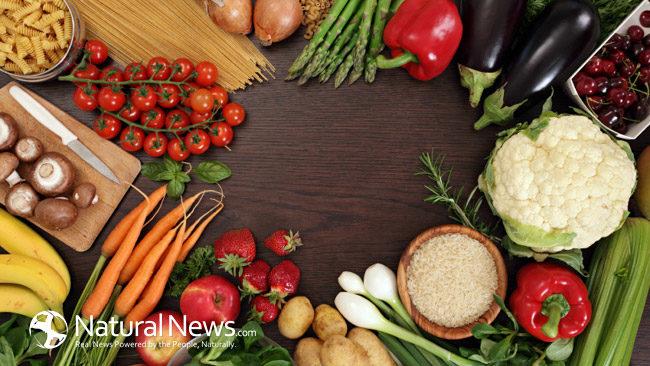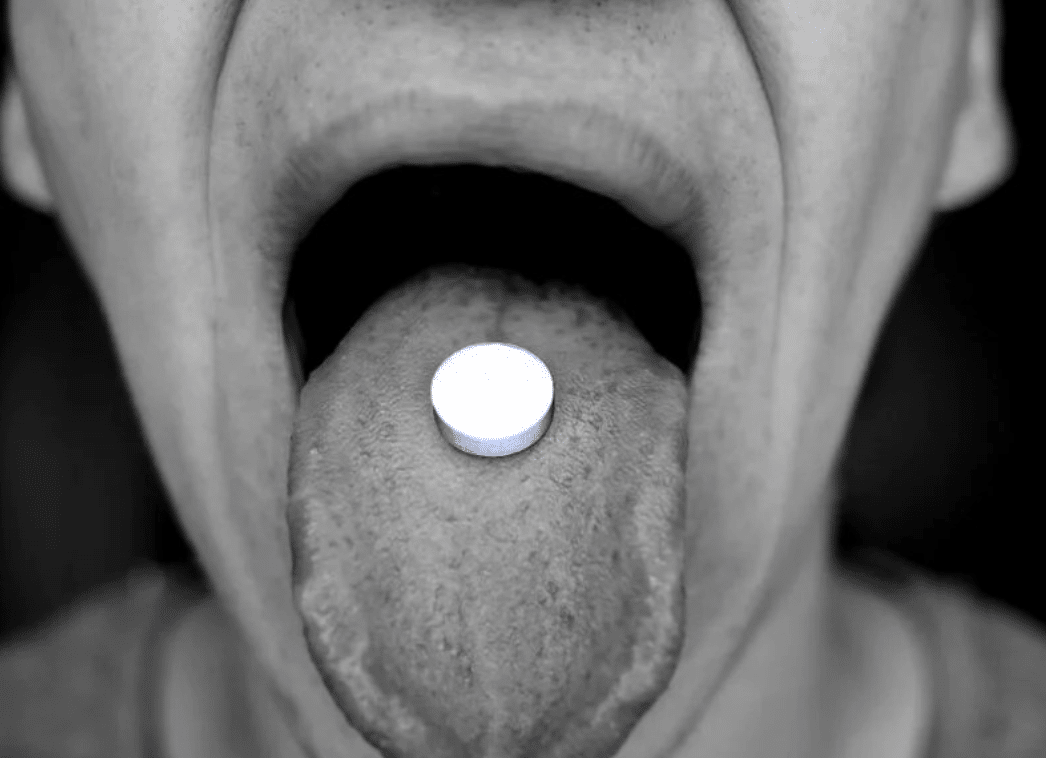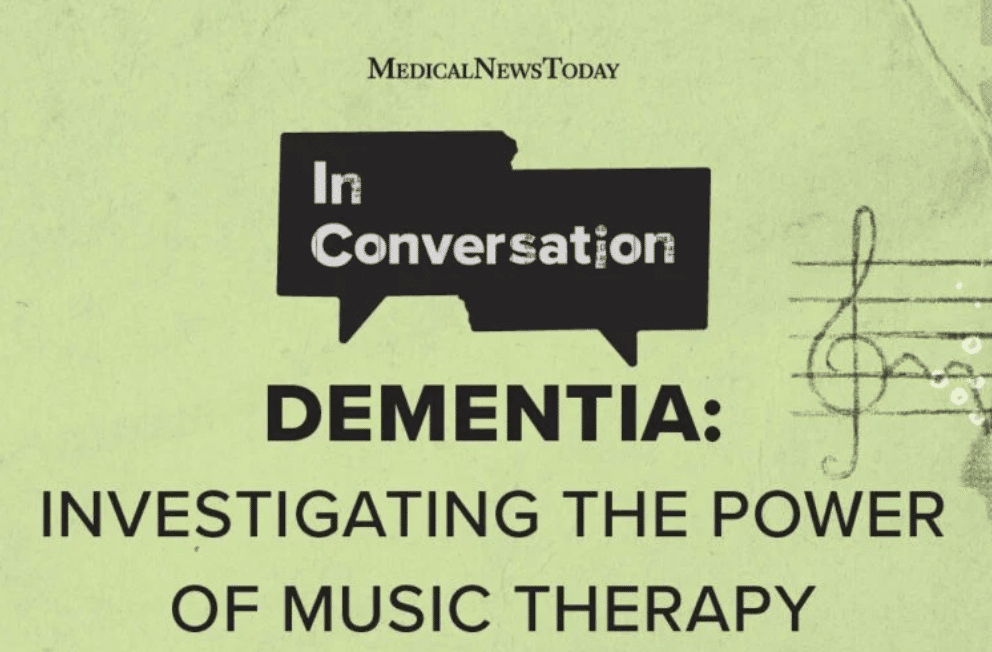Vitamins are essential for the body to be able to put the nutrients in food to use.
Because vitamins are not produced by the body, we have to get them through the food that we also eat!
Our bodies only need a certain amount of vitamins, which can be provided by eating reasonable amounts of foods that contain those vitamins.
This certainly makes more sense to me than eating all kinds of refined, vitamin-depleted foods and then guzzling vitamin supplement pills to make up for it.
The amounts of vitamins found in foods in their fresh, natural state are enough to supply our bodies nicely, provided we are not eating foods which, in the digestion process, deplete vitamins from our bodies, including anti-calorie foods such as white sugar, or living in environments which deplete our bodies of vitamins. Under these circumstances, vitamin supplements may be necessary.
If there is a bad vitamin deficiency from prolonged depletion, vitamins may also be necessary. But that is vitamin therapy, and information that will be provided here is an attempt to introduce your vitamins as nutrients and not meant to be taken as medical advice. For that, you should go to an expert in the field.
Vitamins are like vital links in the chain of biochemical actions and reactions taking place in the process of digestion, which makes nutrients available from the food we eat for the body’s growth, regeneration, repair, and energy.
There are innumerable numbers of these chains of biochemical reactions throughout the body: some for using fat, others for using carbohydrates, others for protein digestion, etc.
If a link or many links of the vitamin chain are missing, the bringing together of one element with another for the desired reaction doesn’t happen, and thus cells can literally starve to death in the presence of plentiful nutrients, all for lack of a vitamin.
There are certain vitamins, which need to be replaced on a more regular basis than others because they are water-soluble, whereas the others are fat-soluble.
Most vitamins, C and the B’s, are soluble in water and are carried through the bloodstream, which is primarily made of water.
As the vitamins pass through the body via the bloodstream, they only get absorbed by cells wherever they are needed, and the unneeded vitamins are flushed out in urine.
Because these water-soluble vitamins do not get stored in the body, they need to be supplied on a regular basis.
There are other vitamins, which are fat-soluble and collect in the fatty tissues of the body.
These vitamins become soluble and are carried throughout the system in any fats or oils contained in the food, which is eaten.
Because they do not pass out of the body like the water-soluble vitamins, but are stored in fatty tissues in the body, there is a possibility of building up toxic levels of fat-soluble vitamins in the body. This is why vitamins A, D, E and K are all fat-soluble and recommend it to be taken under an expert’s guidance.
A vitamin deficiency shows itself relatively quickly through quite a wide range of physical malfunctions.
Because vitamins often work with other vitamins, it may sometimes be hard to determine what is a vitamin deficiency and which vitamin is deficient without the help of an expert.
It would be simpler to be sure to include varying foods in your diet, which contain the different vitamins and avoid a shortage in the first place.
One hint in preparing your good foods high in vitamins: avoid over-cooking them, as this will destroy a lot of vitamins.
Hopefully, the following vitamin information will be beneficial:
VITAMIN A
(Carotene, provitamin A, retinol)
Fat-soluble
Necessary for: Health of the tissues which make up a protective covering on the outside and inside of the body, meaning the skin and the mucous membranes which line the digestive, respiratory and eliminating systems. It is therefore essential for healthy skin and healthy organs that are protected by the mucous membranes, which act to prevent infection of these organs. Also essential in giving eyes the ability to adapt to bright and dim light. For growing children, vitamin A is needed for proper formation of tooth enamel, bones, and other growth processes.
Good sources: Any and all green, leafy vegetables and yellow-orange fruits and vegetables, like winter squashes, yams, sweet potatoes, mangoes, papayas, cantaloupe, apricots, nectarines, carrots, kale, turnip greens, spinach, broccoli, etc. The darker the green or yellow-orange the better, since the darker color marks the presence of more vitamin A.
Deficiency symptoms: Night blindness and in more radical cases, drying up of mucus membranes where the eyes are usually the first to be affected, which results in permanent blindness, which leaves organs usually protected by the mucous membranes wide open to infection. Also worth mentioning is the other end of the spectrum: too much vitamin A. This is a danger to be watched for by those taking vitamin A supplements. Because vitamin A stores in the fat cells and excesses don’t just pass through the urinary tract, taking supplements can easily lead to a toxic buildup, which is indicated by headaches, blurry vision, loss of appetite, nausea, diarrhea, loss of hair and/or loss of menstrual period.
VITAMIN B1
(Thiamine)
Water-soluble
Necessary for: Releasing energy from carbohydrates (sugars and starches), proteins, and fats. Keeps the brain and nervous system functioning normally. Helps maintain stamina and endurance of body and mind. Helps to keep digestive tract functioning and also to maintain a healthy appetite.
Good Sources: Nutritional yeast, all unrefined whole grains, sunflower and sesame seeds, legumes, oranges, avocados
Deficiency symptoms: Fatigue, depression, inability to concentrate. If unattended, will increase to muscle cramps, loss of appetite, loss of weight; and extreme deficiency develops into beriberi.
VITAMIN B2
(Thiamine)
Water-soluble
Necessary for: Utilization of food energy, protein, fats, along with other B vitamins. Carries hydrogen through the system and helps the body use oxygen to get energy from food. Important for healthy skin tissue and eyes.
Good sources: Milk and milk products, nutritional yeast, collard greens and other green leafies, broccoli, millet, wheat germ.
Deficiency symptoms: Soreness and cracking at the corners of the mouth, or a scaly, oily rash on the face; swollen membranes in the mouth with a purplish tint on the tongue. Eyes may appear bloodshot, water constantly and feel irritated all the time.
VITAMIN B3
(Niacin)
Water-soluble
Necessary for: Utilization of carbohydrates, protein, and fat, along with other B vitamins. Keeps nervous tissues, skin tissues, and digestive tract healthy.
Good sources: Soybeans and tofu, collard greens, rice polish, dry legumes, nutritional yeast.
Deficiency symptoms: Insomnia, headaches, irritability, digestive disturbances, and a reddish, sore, swollen tongue. Extreme deficiency results in pellagra.
VITAMIN B6
(Pyridoxine)
Water-soluble
Necessary for: Metabolism of proteins, so the amount of B6 required by the body depends a lot on the amount of protein consumed. Vitamin B6 is also needed for the absorption for amino acids and the transportation of them to different parts of the body. Plays an important role in releasing energy to the cells in the body; therefore has a direct and important role in the production of red blood cells and the proper functioning of nervous tissue.
Good sources: Whole grains, wheat germ, peanuts, corn, soybeans, and other legumes, blackstrap molasses, nutritional yeast, sunflower seeds, raisins, avocados, bananas, spinach, kale, and other green vegetables.
Deficiency symptoms: Convulsive seizures, greasy rash around the eyes, cracks at the corners of the mouth, irritation of sweat glands, nervous disorders, sore and rough tongue. Prolonged deficiency could lead to dizziness, nausea, vomiting, anemia, and kidney stones. Oral steroid contraceptives and alcoholism are two practices that drain so much B6 from the body that it is impossible to try replacing the vitamin through diet.
VITAMIN B12
(Cobalamin)
Water-Soluble
Necessary for: Formation and functioning of all body cells, because it is needed for the metabolism of all the major nutrients, proteins, fats, and carbohydrates, and also for the metabolism of nucleic acids. Especially important for red blood cell formation in the prevention of pernicious anemia.
Good sources: Organic sulfur crystals, soy milk, Rice milk, seaweed, dairy products, miso, other naturally fermented foods, and some types of nutritional yeast.
Deficiency symptoms: Sore tongue, back pain, indigestion, weakness, constipation or diarrhea, loss of weight, and prickly sensation in the arms and legs are early warning symptoms that damage to the central nervous system is beginning. Prolonged deficiency results in mental defects, damage to the central nervous system, delusions, psychosis, and eventual death.
VITAMIN C
(Ascorbic acid)
Water-soluble
Necessary for: Formation of collagen in connective tissues, which cements body’s cells together and helps in the repair and healing processes; metabolism of proteins and many amino acids; proper functioning of adrenal glands; important for absorption of iron from the intestine and storage of it in the liver. Also helpful in combating infections since vitamin C in the tissues is depleted when infections occur.
Good sources: Citrus fruits, strawberries, tomatoes, cantaloupe, sprouts, broccoli, cabbage, green and sweet red peppers, Brussels sprouts, leafy greens, other fresh fruits and vegetables.
Deficiency symptoms: Bleeding gums, delayed healing of burns and wounds, joint pains, lack of energy and endurance, and in prolonged deficiency, hemorrhaging of the small blood vessels underneath the skin causing many small red spots to appear on the skin.
VITAMIN D
Fat-soluble
Necessary for: Enabling the intestines to absorb calcium and phosphorus into the system; therefore vitamin D is connected with good bone and cartilage formation. Because young children’s bones are growing so quickly, vitamin D is especially necessary in preventing rickets, a disease in which the bones become soft due to their inability to absorb the calcium and phosphorus.
Good sources: Sunshine on the skin, alfalfa sprouts, milk and butter. Vitamin D is called the “sunshine vitamin” because it is naturally formed by sunlight on the oily substance in the skin. The skin has a controlling mechanism which prevents too much of the vitamin from being formed; and in colder climates where there is little sunshine, the capacity of the skin to form vitamin D is high.
Deficiency symptoms: Rickets in children, characterized by bowed legs due to the soft bones bending under the weight of the body; bead-like protrusions on the ribs. Osteomalacia in adults (loss of calcium from the bones), symptomized by pain and tenderness in the bones and pressure in the pelvis and lower back and legs; slow healing of fractures.
VITAMIN E
(Alpha-, beta-, gamma-, delta-tocopherol)
(Fat-soluble)
Necessary for: Preventing oxidation and consequent destruction of vitamin A and red blood cell membranes, and keeps the polyunsaturated fats in the body from going rancid and decomposing. Most research and speculation has gone on about vitamin E but its function in the body is still not clear, although the vitamin has had much PR in false claims given to it.
Good sources: Oils and the germs of grains, such as wheat germ oil and wheat germ; sunflower, walnut, and other oils; green leafy vegetables, alfalfa sprouts; legumes, nuts (especially almonds, walnuts, filberts, and sunflower seeds), wild blackberries.
Deficiency symptoms: So far the only deficiency symptoms connected with a lack of vitamin E in humans is anemia caused by the rupture of red blood cells. In animals, a lack of vitamin D has been observed to cause paralysis, muscle degeneration, degeneration of sexual organs, and stability. Vitamin E it’s a fat-soluble vitamin, which is stored in fatty tissues of the body.
VITAMIN K
Fat-soluble
Necessary for: Normal clotting of blood.
Good sources: Leafy green vegetables, soybeans and soybean oil, alfalfa sprouts.
Deficiency symptoms: Because this vitamin is partly synthesized by the body, deficiencies are said to be rare except occasionally in newborn infants or people with abnormal medical problems. In these cases, blood clotting is slowed or may not form, endangering a person’s life.
The following four vitamins are part of the B. vitamin group:
BIOTIN
Water-soluble
Necessary for: Work involved in the metabolism of fat and protein; also required for releasing energy from glucose sugar and for the synthesis of certain amino and other acids.
Good sources: Nutritional yeast, cauliflower, nuts, legumes. Also made by bacteria in the intestine and absorbed by the body.
Deficiency symptoms: Eczema of face and body, hair loss, and paralysis. Because biotin is made in the body, deficiencies are said to be rare. The only possibility of deficiency comes if someone eats raw egg whites, which contain a substance that prevents biotin from getting into the bloodstream.
CHOLINE
(Water-soluble)
Necessary for: Transport and metabolism of fats in the body.
Good sources: Lecithin (if not organic there’s a strong likelihood of its being a GMO), yeast, whole grains, legumes, wheat germ, vegetables.
Deficiency symptoms: Very little is known about this vitamin, but deficiency is said to be unlikely because the body is able to make it with the help of two other B vitamins and an amino acid.
FOLACIN
(Folic Acid)
Water-soluble
Necessary for: Blood cell formation; the metabolism of proteins and nucleic acids (substances formed by each cell for transfer of hereditary characteristics from one generation of cells to another as the body grows).
Good sources: Leafy green vegetables and other vegetables such as potatoes, beets, Brussels sprouts, cabbage and broccoli; legumes, whole grains, nutritional yeast, and fruits, especially oranges, cantaloupe, avocados, strawberries, and bananas.
Deficiency symptoms: Smooth red tongue, gastrointestinal disturbances, diarrhea, reduction in the number and enlargement of the red blood cells, known as macrocytic anemia.
PANTOTHENIC ACID
Water-soluble
Necessary for: Metabolism of carbohydrates, as well as fats and proteins; involved in the synthesis of cholesterol, steroid hormones and hemoglobin, which is the iron-containing substance in the red blood cells. Found in every cell of living tissues.
Good sources: Nutritional yeast, peanuts, whole grains, potatoes, tomatoes, peas, broccoli, soybeans and other legumes, Brussels sprouts, sweet potatoes, yellow corn.
Deficiency symptoms: Unobserved in humans and is said to be unlikely to occur except possibly in connection with other nutritional deficiencies. Bacteria in the intestines make an unknown quantity, so nutrition scientists have been unable to determine how much our bodies need.
NOTE:
Where reference is made to milk products, we are not talking about the bovine growth hormone, pesticide and antibiotic, homogenized and pasteurized cooked to 200 -500 degrees crap loaded with pus that has absolutely no nutritional value.
How many pounds have you lost this week? At Dieta Efectiva you can lose 10-12 lbs your first week and 2-5 lbs every week after. Visit us dietaefectiva.net to learn more about our program.
NN:DT







